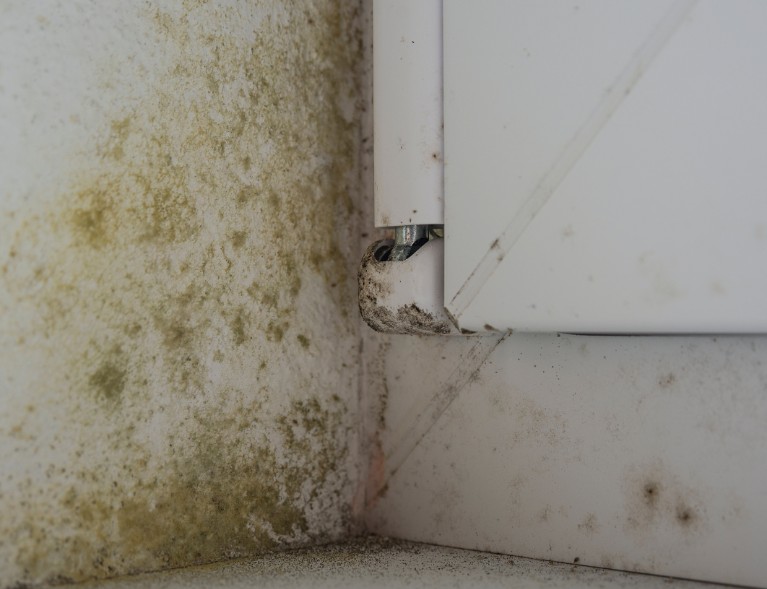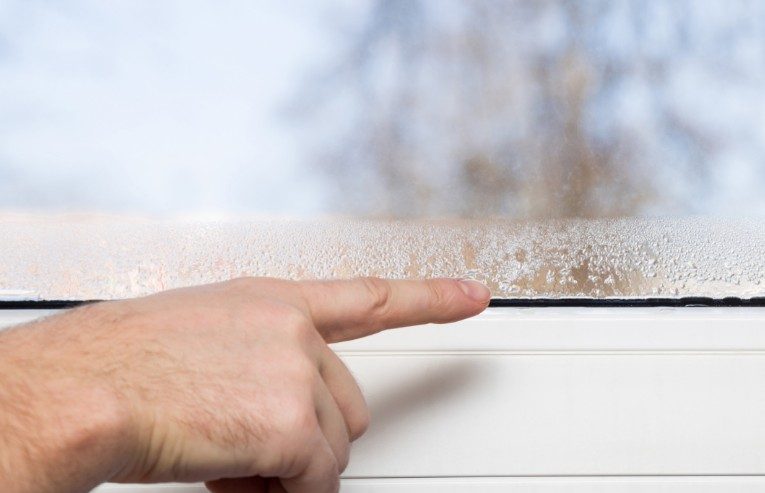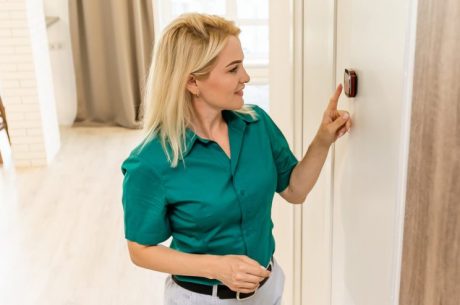Florida, known for its picturesque beaches and sunny weather, is a magnet for tourists and residents. The Sunshine State boasts a unique charm that draws people from all over, offering a lifestyle many find irresistible. However, behind the allure of its sunny disposition lies a significant challenge: the humid climate. While the warmth is welcomed, the high humidity levels present a host of challenges, particularly for homeowners.
The persistent moisture in the air can lead to numerous complications, especially during the sweltering summer months. Among the most pressing concerns are the risks of mold development and water damage, which can compromise the health of the home and its inhabitants. For those who call Florida home, understanding and mitigating these risks is not just advisable—it’s essential. This guide delves into effective strategies to humidity-proof your home, ensuring it remains a safe and comfortable haven year-round.
Understanding Florida’s Humid Climate
Florida’s climate is notorious for its high humidity, especially prevalent from late spring to early fall. The subtropical environment, while conducive to lush vegetation and vibrant wildlife, also sets the stage for mold growth. Mold spores, which are ubiquitous in the air, find the humid conditions ideal for settling and proliferating. Within a day or two, mold can develop and spread, making prompt action imperative to prevent extensive damage.
The Impact of Humidity on Your Home
Humidity is more than just an uncomfortable sensation; it has tangible effects on your home:
- Mold Growth: Mold thrives in damp, warm environments, posing significant health risks. Mold exposure can lead to allergies, asthma flare-ups, and other respiratory issues. In severe cases, it can also cause infections and other health complications.
- Water Damage: High humidity levels can seep into your home’s structural components, weakening them over time. This can lead to expensive repairs, particularly if water damage compromises the integrity of walls, ceilings, or foundations.
- Poor Indoor Air Quality: Persistent humidity can deteriorate indoor air quality, contributing to discomfort and potential health hazards. Moisture-laden air can exacerbate respiratory issues and create an environment conducive to dust mites and other allergens.
Strategies for Humidity-Proofing Your Home
Improve Home Insulation
Insulation is your first line of defense against the relentless Florida humidity. Effective insulation not only regulates indoor temperature but also minimizes moisture intrusion, maintaining a balanced indoor climate.
- Attic Insulation: The attic is a primary entry point for heat and humidity. Proper insulation can significantly reduce hot, humid air in your living spaces.
- Wall Insulation: Insulating walls is essential for creating a thermal barrier that keeps indoor temperatures stable. This helps prevent moisture buildup within walls, which can lead to mold and mildew.
- Floor Insulation: Ground moisture can infiltrate your home if floors aren’t adequately insulated. This is particularly important for homes with crawl spaces, where moisture can accumulate and lead to structural issues.
Use Dehumidifiers and Ventilation
Dehumidifiers are invaluable tools for maintaining optimal indoor humidity levels. They extract excess moisture from the air, making indoor environments less conducive to mold growth.
- Dehumidifiers: Place these devices in areas prone to moisture, such as basements, bathrooms, and laundry rooms. By reducing humidity levels, dehumidifiers can prevent the conditions that allow mold to thrive.
- Ventilation: Proper ventilation is equally important. Use exhaust fans in high-moisture areas like kitchens and bathrooms to expel humid air. Ensure your ventilation systems are functioning efficiently to maintain a dry environment.
Seal Windows and Doors
Air leaks are common culprits of unwanted humidity infiltration. Even small gaps around windows and doors can allow significant amounts of moist air into your home.
- Weatherstripping and Caulking: Apply weatherstripping or caulk to seal these gaps effectively. This not only reduces humidity levels but also improves energy efficiency by preventing conditioned air from escaping.
Mold Prevention and Remediation

Regular Inspections
Routine inspections are vital for identifying potential mold issues before they escalate. Pay close attention to areas where moisture tends to accumulate, such as bathrooms, kitchens, and basements.
- Signs of Mold: Look for telltale signs such as musty odors, discoloration on walls or ceilings, and visible mold growth. Early detection allows for timely intervention, preventing further spread.
Prompt Water Damage Restoration
Water damage can occur from various sources, including plumbing leaks, roof issues, or natural disasters. Swift action is crucial to mitigate damage and prevent mold.
- Professional Restoration: Contact a water damage restoration service immediately. These experts can assess the situation, remove excess water, and repair affected areas, minimizing the risk of mold development.
Mold Remediation Services
When mold has taken hold, professional remediation is essential. Attempting to remove mold on your own can be hazardous and may not fully resolve the issue.
- Professional Expertise: Mold remediation professionals have the tools and knowledge to safely eliminate mold and prevent recurrence. Their services ensure all affected areas are thoroughly cleaned and treated.
Additional Tips for Humidity-Proofing
Landscaping and Drainage
Effective landscaping can significantly reduce the risk of water damage by directing water away from your home.
- Grading and Drainage: Ensure your property is graded so that water flows away from the foundation. Install drainage systems where necessary to prevent water from pooling near your home.
Maintain Your HVAC System
Your HVAC system plays a crucial role in controlling indoor humidity levels. Regular maintenance ensures it operates efficiently and effectively.
- Routine Maintenance: Change filters regularly and schedule annual inspections. A well-maintained HVAC system can better regulate humidity, contributing to a comfortable indoor climate.
Monitor Indoor Humidity Levels
Keeping track of indoor humidity levels is crucial for maintaining a healthy home environment.
- Hygrometers: Invest in a hygrometer to monitor humidity levels. Aim to keep them between 30-50% to prevent mold growth and maintain comfort. Regular monitoring allows for proactive adjustments, ensuring optimal indoor conditions.
Conclusion
Humidity-proofing your home in Florida is not a luxury; it’s a necessity for safeguarding your home and health. By improving insulation, using dehumidifiers, sealing entry points, and maintaining your HVAC system, you can manage indoor humidity effectively.
Regular inspections and swift water damage restoration further protect against potential mold and structural issues. Professional mold remediation ensures safe and thorough removal of any existing mold, preserving your home’s integrity.
These preventive measures not only protect your property but also enhance the well-being of your family. Embrace these strategies to enjoy a comfortable, healthy living environment in Florida’s challenging climate.
For expert water and mold remediation services in St. Augustine, contact our team at PuroClean Emergency Restoration Services today!



 PuroClean Emergency Restoration Services
PuroClean Emergency Restoration Services